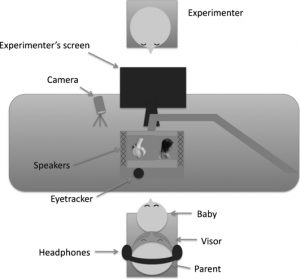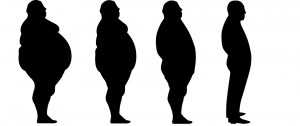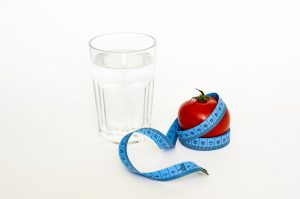How much plastic do you think there is in the ocean?
One million tons? One hundred million tons? Try 8.3 billion tons. There are 500 times more pieces of plastic in our oceans than there are stars in our galaxy!
How did we get here?
If you are like I was a few weeks ago then you may not know that plastic was created nearly 150 years ago as a durable substitute for elephant ivory (there’s a Final Jeopardy answer for you). Plastic’s versatility, light weight composition, and ability to be mass-produced cheaply allowed it to take the world by storm. The plastic revolution had begun.
From single use plastic packaging to the plastic in our fabrics, our lives are surrounded by plastic. Today 160,000 plastic bags are used globally every second and approximately 30 million tons of plastic enter our oceans annually. That’s insane! The amount of plastic currently in the ocean is equivalent to 5 grocery bags filled with plastic covering every single square foot of coastline across the globe! Our obsession has turned into a gross addiction.
Why should we care?
Because plastic doesn’t degrade in the ocean nor does it always sink, plastic pollution creates an extreme hazard to the health of marine wildlife. Plastic is highly buoyant and often remains floating on the ocean’s surface or suspended within the water column. As a result, marine organisms inhabiting these spaces such as fish, turtles, and aquatic birds often mistake plastic for fish eggs, jelly fish, and other forms of food.
Once ingested plastic cannot be broken down and may create gut obstructions. Moreover, plastic often causes animals to have a false sense of feeling “full” resulting in reduced feeding rates, malnutrition, weight loss, reduced fertility, and even death. What’s more, plastic pollution in the ocean often acts as a magnet for toxic substances such as DDT, which may adhere to the sides of plastic particles further increasing the risk to organisms that ingest and interact with plastic pollution. Research estimates that 600 species are negatively impacted by plastic pollution and that by 2050 approximately 99% of all seabirds will have ingested plastic!
How do we fix this problem?
Banning the use of all plastics is not realistic, however, eliminating single use plastic packaging, increasing recycling, and creating cleanup programs are vital in order to fix the issues we have created. Personally, I think The Ocean Cleanup project is an outstanding example of the innovation needed to save our oceans. Its objective is to use ocean currents to concentrate plastic debris that can then more easily be removed from the ocean. Moreover, at just 15 and 17 years old, Melanti and Isabel Wijsen created a government approved initiative to ban plastic bags in Bali by December 2018.
We can help save our oceans. The question is, are you willing to try?
Video curtesy of TED Talks.
Maddy Haines

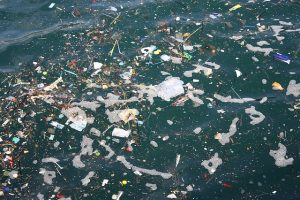
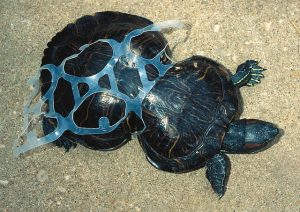


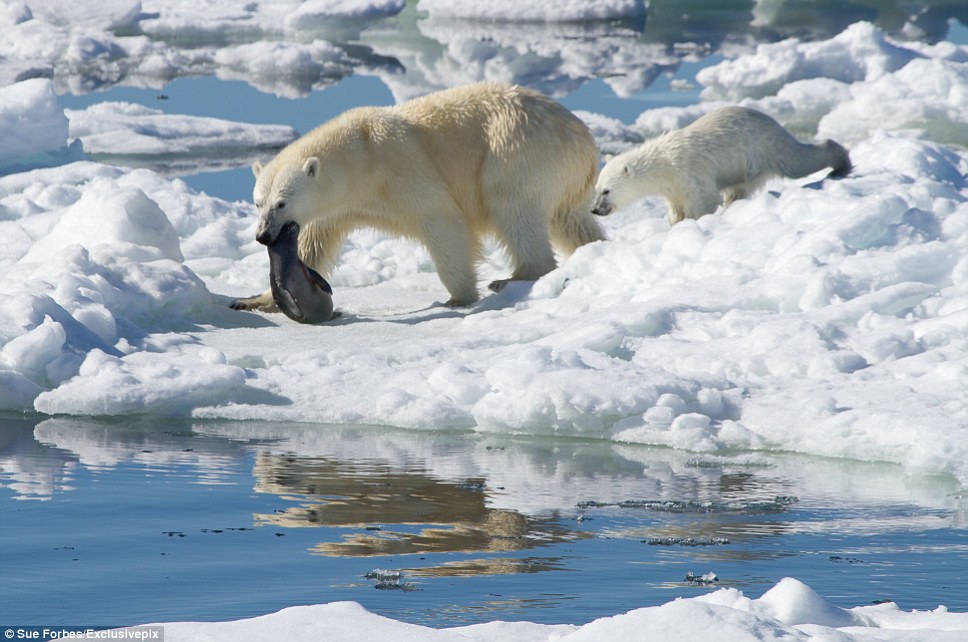
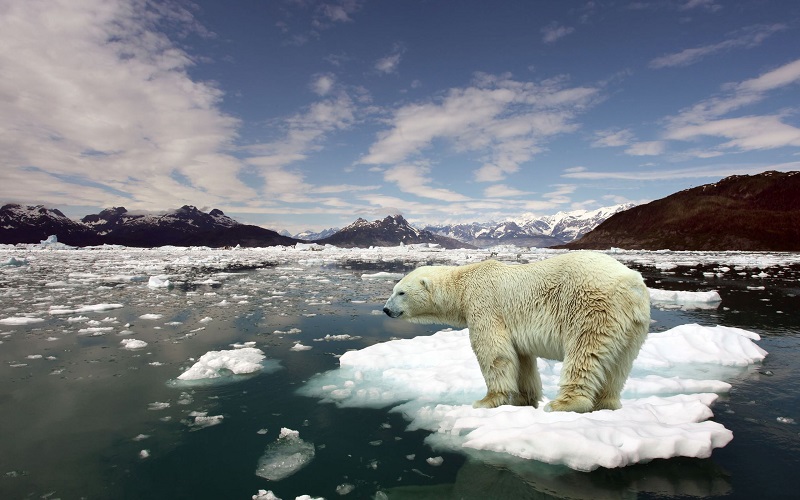







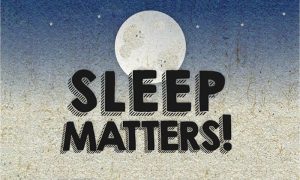
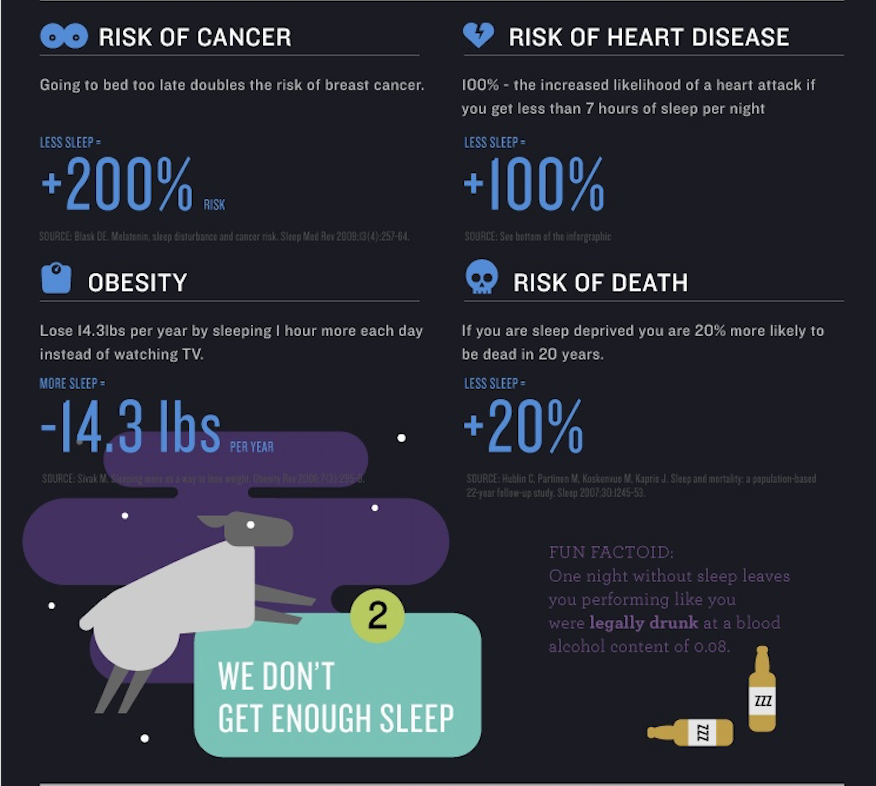





 Image Resource: Iter.org
Image Resource: Iter.org Image Resource: Pexels
Image Resource: Pexels
